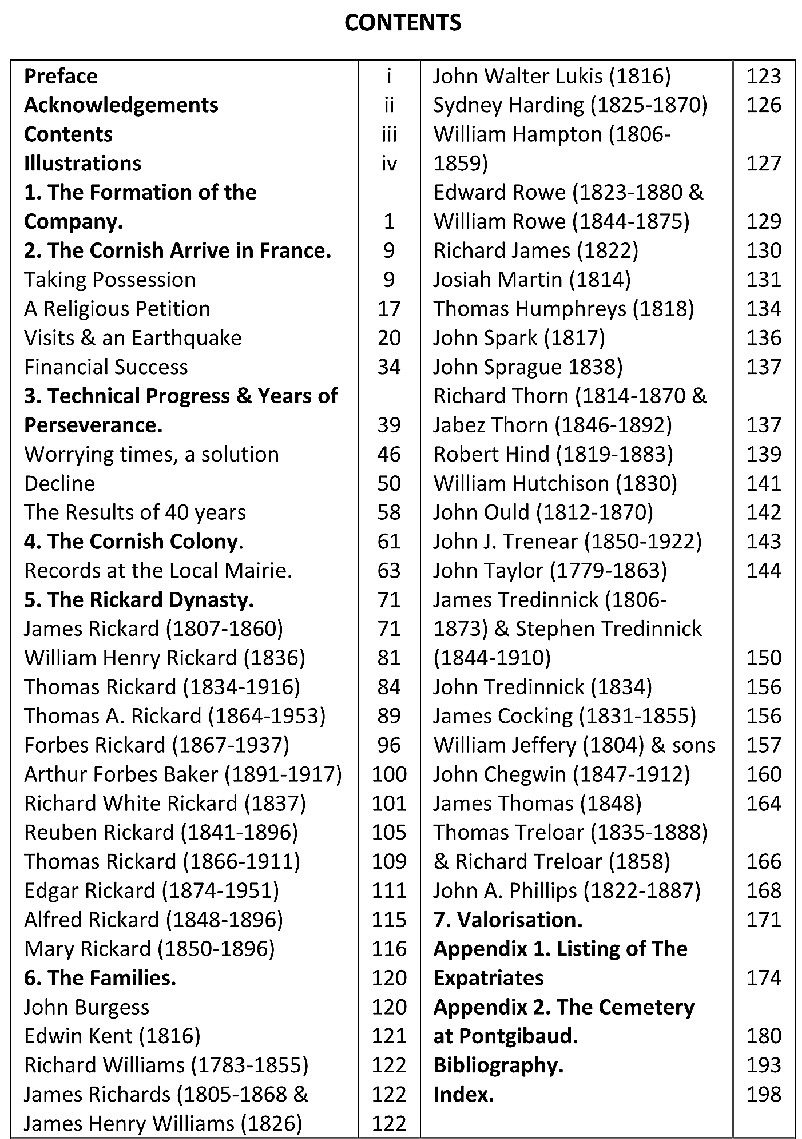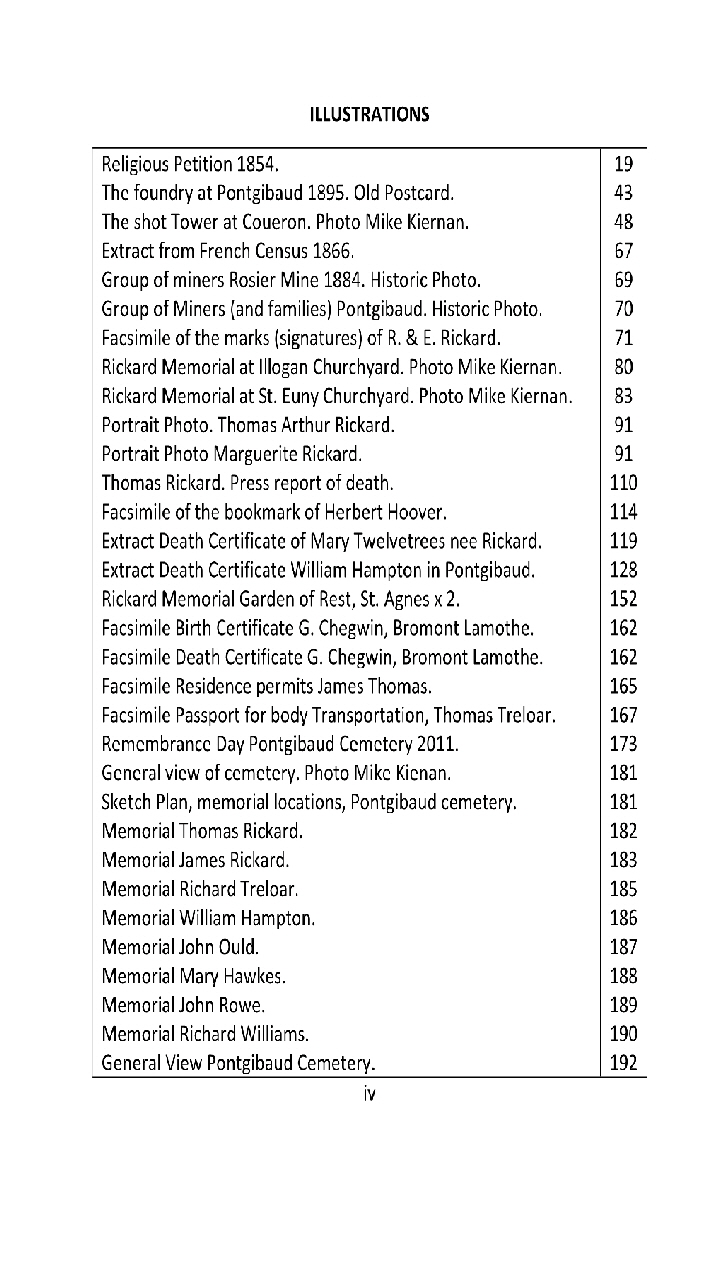|
HOW TO BUY YOUR COPY
The book is available through such online booksellers as Lulu Bookstore. We think that the most economical way of purchasing would be by ordering direct from us. OUR cost for the book is UK£15 plus the postage cost. I have posted to several destinations and noted the postal costs as - UK £2.16; Australia £9.65; USA UK£8.15; Mexico UK£7.85. We can accept payment by Paypal, bank to bank transfer or whatever other means you may suggest. Please contact us at cgmp@cornishmigration.org
|

